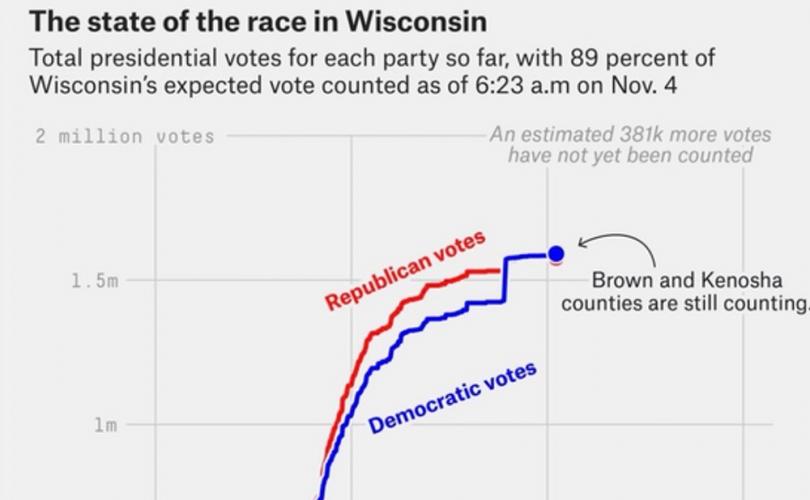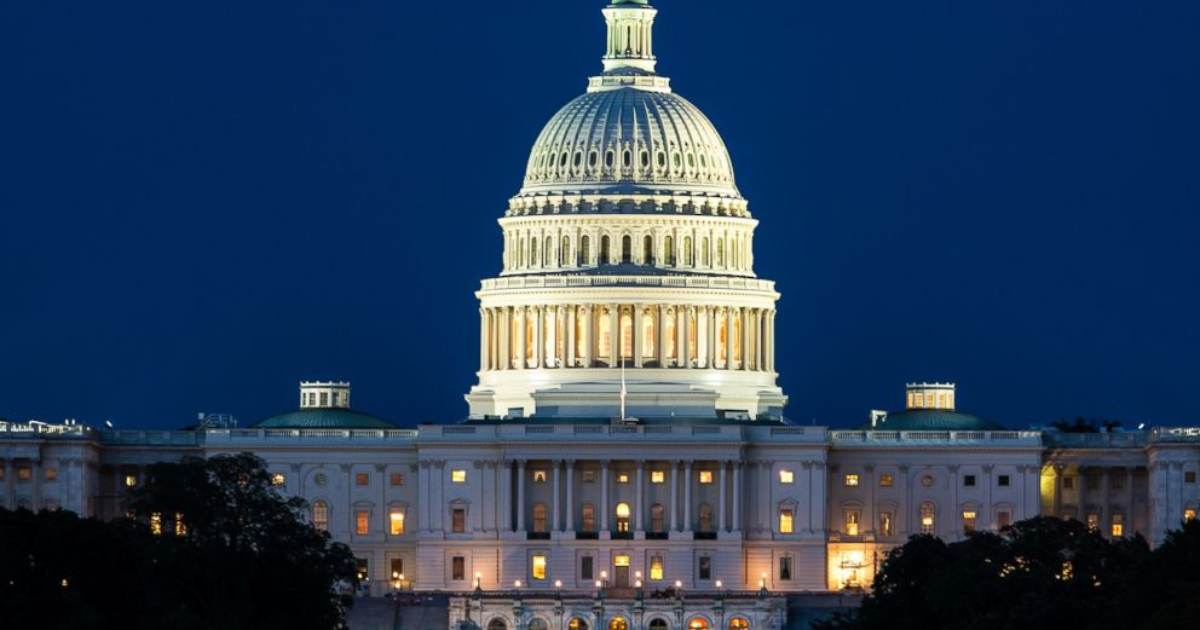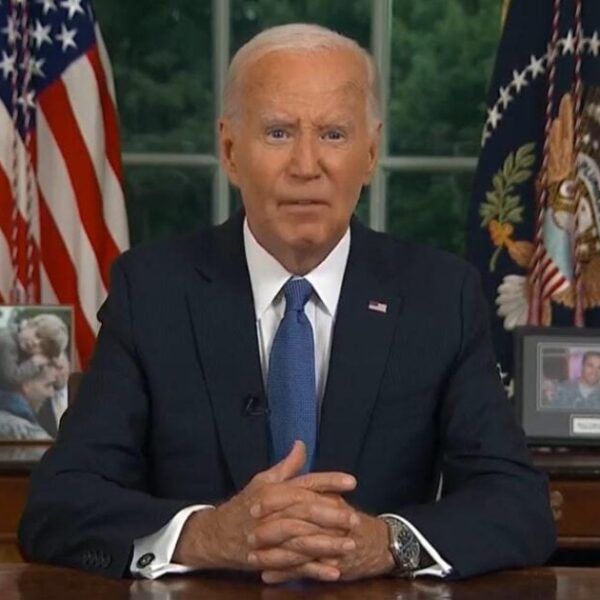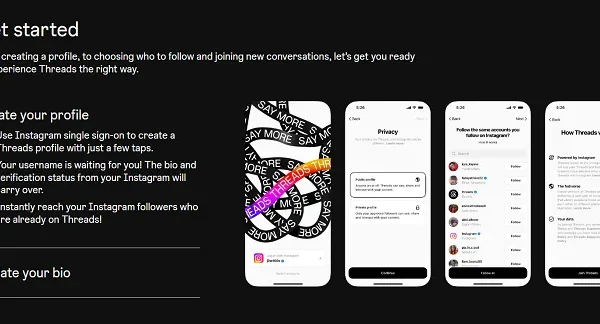Guest post by Joe Hoft at JoeHoft.com – republished with permission

Photo Credit: Grant Blankenship GPB News
Georgia’s Spending Increases on Failed Mental Health Programs & No One is Getting Better
The following is republished with permission from AbleChild.
It’s so predictable. Everything is falling in line with standard school shooter law enforcement procedures. Zero information is being publicly provided regarding the Georgia shooter, Colt Gray’s, mental health background and prescription psychiatric drug use. The information that is being made available suggests that Gray is just another in a long line of school shooters, raised in a troubled, drug addicted home, visited by ineffective state family services representatives and, probably, drugged to correct inappropriate behavior.
More to the point, if there are no deviations from the cookie-cutter investigation now occurring and standard mental health information being withheld, the outcome of this shooting will lead to a State Commission set up to investigate the cause of the shooting which will, ultimately, recommend increased mental health funding.
Even though rivers of money are flowing through communities and schools across the nation to insure children get all the mental health they can stand, the smartest guys in the room continually recommend increased funding for mental health services. Yet, no matter how much money is thrown at mental health services, if one just briefly peruses the available data, the rate of mental illness is increasing, not decreasing, and nobody is getting better.
According to data provided by Mental Health America, a leading national nonprofit dedicated to the promotion of mental health, between “2021-2022 23% (60 million) American adults experience mental illness.” Thirteen percent of youth between the ages of 12-17 “reported experiencing serious thoughts of suicide and 1 in 5 youth (three million) had at least one major depressive episode (MDE).”
The Citizens Commission on Human Rights International (CCHR) collected data from IQVia (formerly IMS Health), the largest vendor of U.S. physician prescribing data, for 2020. According to the IQVia data, nearly 77 million Americans were prescribed psychiatric drugs including, and unbelievably, more than 85 thousand 0–1-year-olds.
The same data reveals that more than 45 million Americans, including more than two million 0–17-year-olds, are taking antidepressants, more than four million Americans 0-17- year-olds are taking ADHD drugs, more than one million 0-17-year-olds are taking Anti-anxiety drugs and more than two million children between the ages of 0-17 are taking antipsychotics and mood stabilizers.
Despite the enormous numbers of Americans whose minds are being chemically altered daily, including millions of school-age children, it seems unbelievable that anyone would suggest increasing mental health services that clearly aren’t working. But, like clockwork, when the dust settles from this shooting, lawmakers will do what they do best, ignore important data and refuse to question the failing mental health services already in place.
Recall that the Bipartisan Safer Communities Act (BSCA) of 2022 is all about increasing funding – “a historic investment,” into mental health and school-based services. The BSCA “expands mental health services in communities and schools and treats schools as key points for observation and intervention.” Does everyone get it? America’s school children no longer need to go to the doctor. Mental health diagnosis and drugging is just down the hall next to the library or cafeteria.
In fact, the National Education Association (NEA) the nation’s leading teachers’ union, has put together a 16-page “Toolkit” that explains how best the hundreds of millions of new monies coming from the BSCA will be used to have the mental health community infiltrate America’s classrooms. In fact, the NEA “Toolkit” explains that “increasing the capacity of schools to promote behavioral health services for all students helps create an environment where seeking assistance is more ordinary and customary…”
What is “ordinary” about a child getting mental health “services” at school? Are parents even aware of the infiltration of mental health providers in schools? Part of the BSCA is the Mental Health Services Professional (MHSP) Demonstration Grant Program. With the MHSP nearly 150 million dollars is being invested in “103 states and school districts to increase the number of qualified mental health services providers delivering school-based mental health services to students.”
Is it a stretch to imagine a seven-year-old coming home, advising parents that they were diagnosed with ADHD at school and handing the parent a prescription for ADHD medication that must be filled by the next school day? Or how about a sophomore advising parents that they are bipolar by virtue of a discussion with the High School counselor?
Counties in Georgia have received more than $3 million from the BSCA funds for mental health services. Considering the recent shooting, one must ask how is that working out? Apparently, it doesn’t matter if it’s millions or billions of dollars thrown into increased mental health services in schools. The well-funded mental health services didn’t help Colt Gray and, sadly, those very same useless services will continue to be funded at ever-increasing rates even though they are an utter failure. Every year more and more Americans are diagnosed and drugged with dangerous chemicals that can cause the violent behavior that leads to these attacks. What part of that scenario is a success?
In Georgia, alone, in 2011 Mental Health spending made up just short of 3% of the state’s budget. By 2024, the Department of Behavioral Health and Development Disabilities (DBHDD), which is responsible for mental health services in Georgia, has a budget of $1.5 billion…a 20% increase!
What will it take for lawmakers to ask the difficult questions about failed state mental health policies? How many tens of millions of dollars more will Georgia throw at mental health services that clearly aren’t working. This is not tough. When no one is getting better that’s a clue that there’s a problem with the program. And let’s be frank, is it too tough for lawmakers to begin to consider that the more money that is thrown at mental health services the numbers of mentally ill increases? Meh. It’s a starting place.
Be the Voice for the Voiceless
Every dollar you give is a powerful statement, a resounding declaration that the struggles of these families will no longer be ignored. Your generosity today will echo through generations, ensuring that the rights and well-being of children are fiercely guarded. Don’t let another family navigate this journey alone. Donate now and join us in creating a world where every child’s mind is nurtured, respected, and given the opportunity to thrive. As a 501(c)3 organization, your donation to AbleChild is not only an investment in the well-being of vulnerable children but also a tax-deductible contribution to a cause that transcends individual lives.















